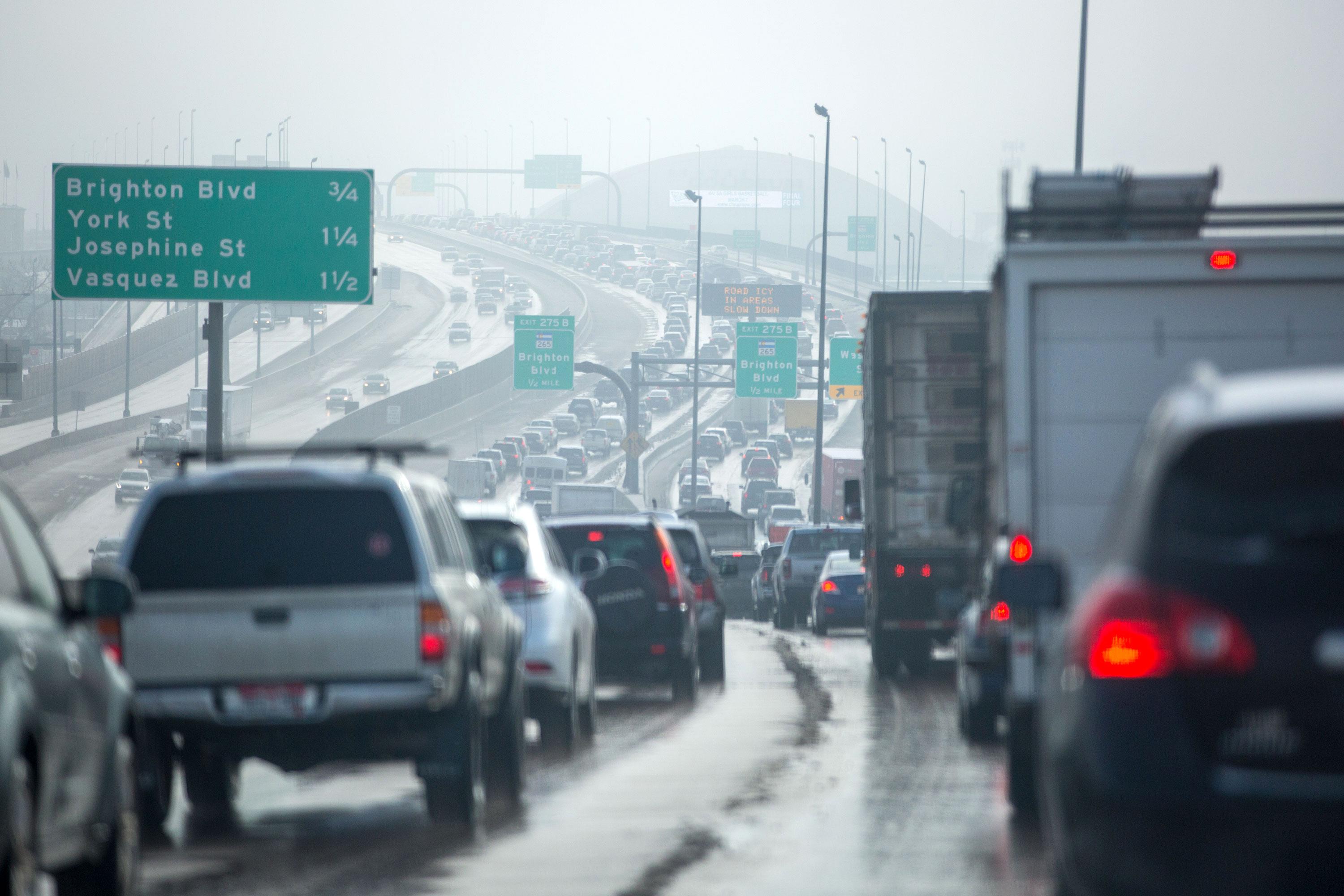
Democratic and environmental efforts aimed at fighting climate change and dirty air are poised to have a big impact, according to new data from the Colorado Department of Public Health and Environment. A new greenhouse gas inventory shows that climate-change causing gases in the state peaked in 2010 and are projected to decline into 2030.
“I would expect that [decline] to increase in the next 15 years as we put more policies in place to reduce emissions,” said Garry Kaufman, director of Colorado’s Air Pollution Control Division.
The Colorado Department of Public Health and Environment expects carbon dioxide, methane and other greenhouse gases to slightly decline in 2020 compared to the last inventory conducted four years ago. A more significant dip is estimated for 2030. One of the most effective new laws that could cause a greater dip in future greenhouse gas emissions is House Bill 1261, aimed at reducing greenhouse gas emissions 90 percent by 2050.
While some sectors like power plant emissions are on the decline, other sectors like transportation are projected to increase in 2020. Kaufman said that’s primarily because of the number of new people living in Colorado combined with an increase in the number of miles per car traveled.
“You’re seeing a lot more fuel-efficient vehicles on the road. And so those vehicles are contributing less. But we have more of them, and they’re driving more,” Kaufman said.
Gov. Jared Polis and Democrats are seeking to accelerate the use of electric vehicles, which could further reduce emissions thanks to an executive order and several new laws this past session.
Before Polis, two of the most significant policies that helped Colorado start curbing greenhouse gas production were the Clean Air Clean Jobs Act and updated 2010 renewable portfolio standard, which required investor-owned utilities to generate one-third of power from renewable energy.









